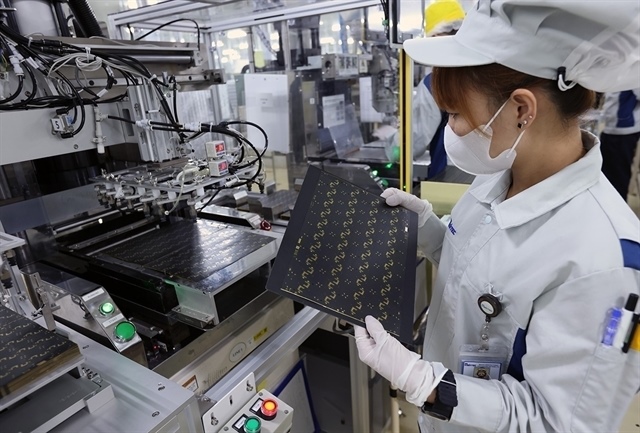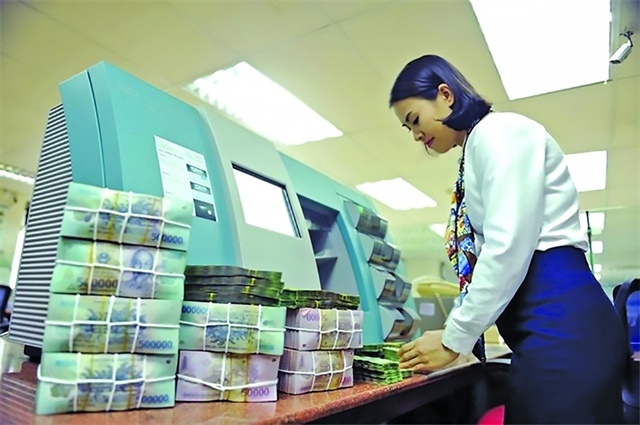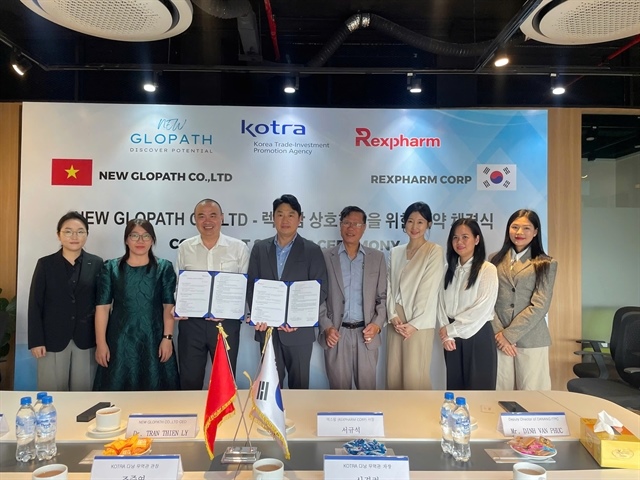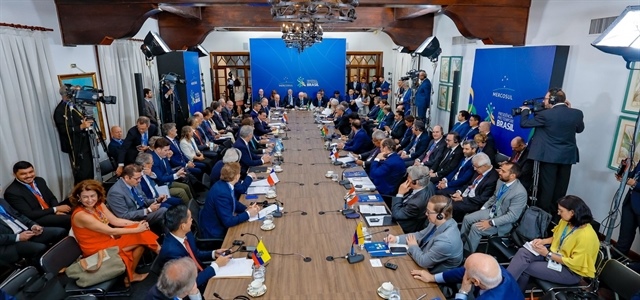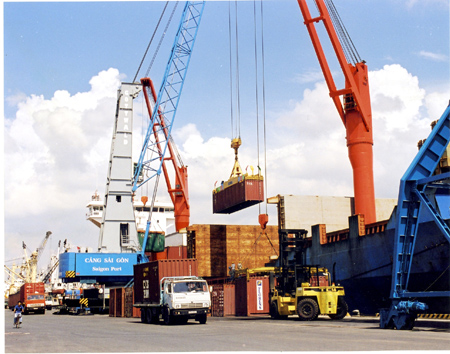Agro-forestry-fishery sector boosts overseas investment
Agro-forestry-fishery sector boosts overseas investment
Vietnamese businesses are intensifying investment abroad in the agro-forestry-fishery sector to expand their markets and save production and transport costs.
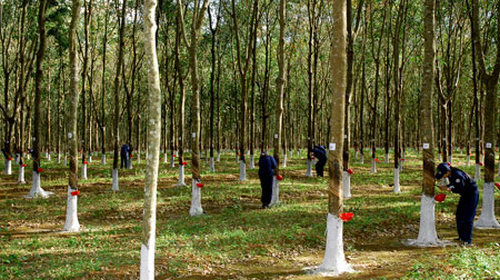
According to the Ministry of Agriculture and Rural Development (MARD), Vietnam’s 150 valid agro-forestry-fishery projects have so far invested a total of US$2.5 billion abroad, accounting for 20.5 percent of the country’s total foreign investment capital.
Laos and Cambodia are the major destinations for Vietnamese investors.
The sector currently constitutes 32 percent of projects and 28 percent of Vietnamese investment capital in Laos and 54.4 percent in Cambodia, primarily in wood processing, rubber plantation and latex exploitation.
Vietnamese businesses are also present in other Southeast Asian nations, China and some South African nations under the South-South Cooperation Programme.
The Vietnam Rubber Group (VRG) is one of the four leading Vietnamese investors abroad, as well as the military telecommunication group Viettel, the Vietnam National Chemical Group (Vinachem), and the Vietnam National Oil and Gas Group (PVN).
The VGR intends to pour US$1 billion into rubber plantation projects overseas until 2015. Approximately US$400 million has already been disbursed to date.
As of early this year, the group had 100,000 ha of rubber trees in Laos and Cambodia and eight more projects involving an additional 27,000 hectares are currently underway in Laos.
The VRG’s Dien Bien-Northern Lao company debuted last year, aiming to expand investment in the northern Lao province of Oudomxay.
Also in Laos, the Vietnam-Lao Rubber Joint Stock Company exploited nearly 5,500 ha of rubber and products bearing the Vietnamese-Lao trademark have officially come onto the market.
By the end of 2012, 21 VRG-invested projects had been implemented in Cambodia including 19 in rubber plantations and building latex processing plants.
The group has planted more than 70,000 ha of rubber in Cambodia and some of those in Tan Bien-Kampongthom are already being exploited.
The VRG plans to grow 25,000 ha of rubber in 2013 and joins hands with other groups to achieve the 100,000 ha rubber plantation target set for 2014, a year ahead of schedule.
VGR-invested projects are expected to begin generating export revenues by 2015 and they are estimated to reach US$400 million by 2020.
Under the South-South Cooperation Programme, the MARD has dispatched experts to Mozambique, Tanzania, Sudan, Mali, South Africa and Sierra Leone to support their people in growing rice and developing irrigation systems.
Many Vietnamese businesses have also invested in rice, aquaculture, seafood processing and fisheries in some African nations, including South Africa and Mozambique.
Investing abroad not only makes the best of human resources, fertile cultivated areas, and saves production and transport costs, it is also the best way to evade anti-dumping duties.
To cope with excessive US anti-dumping duties on Vietnamese tra fish, some businesses have brought their fish to processing plants in Singapore and then exported them to the US because the US does not impose duties on tra fish imported from Singapore.
However, Vietnamese enterprises face numerous difficulties when investing overseas in the agro-forestry-fishery sector because the nations they are keen to invest in are less developed than Vietnam and have constantly changing legal systems that often disrupt their operations.
Limited land for growing rubber and industrial crops in Laos, in addition to Vietnamese, Chinese and Thail businesses all eager to invest in similar fields, has produced fierce competition.
However, if businesses make efforts to iron out snags in overseas investment, it will help them expand their consumer markets and improve profits, which will increase their financial capacity to re-invest in domestic agriculture.
vov


